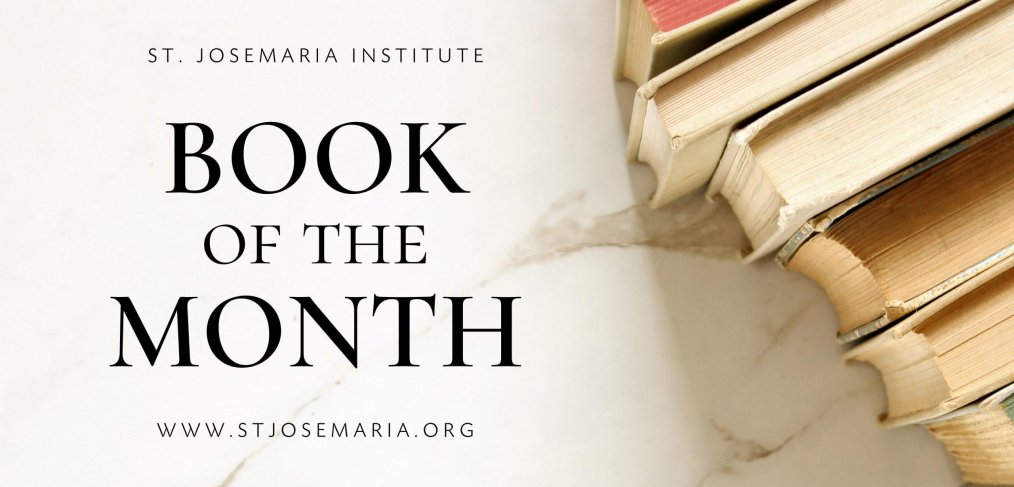Join the St. Josemaria Institute in praying the Novena to St. Josemaria Escriva from June 17 – 25, 2022.
In 1990, Israeli construction workers uncovered a chamber tomb containing a very ornate ossuary (or bone box) with the name “Joseph, son of Caiaphas” inscribed on it.
In the spiritual life we have to reckon with a unique “balance of power” between what God can do and what we can do.
Jesus has been invited once again to a dinner. His host has insisted on his coming, eager to offer Him a special reception. But an unexpected event interrupts them.
“The Collected Letters: Volume 1” by St. Josemaria Escriva is now available in English from Scepter Publishers.
The Lord wants us always to bear in mind two things: the mercy we have received, and where that mercy comes from: the Cross of Jesus.
The Church has one question for the world. It is a question asked of rich and poor, of the powerful and the weak, of those behind bars and those relaxing on the beach: Are you happy?
The Prodigal Son went out looking for heaven on earth. He was restless at home. He entertained a fantasy that things could be better elsewhere—in a faraway place, with different people, where he could be carefree, an anonymous rogue.
The devil’s “territory,” apart from those “kingdoms of the world” he claimed as his own when tempting Christ, might be difficult to map out—it was, after all, into the swept and tidied house that the unclean spirit returned with a company of devils worse than himself (cf. Lk 4:5; Mt 12:43-45).
God wants us to remember. Satan wants us to forget. By distractions, promises, and vanities Satan dupes us into forgetting how merciful God has been to us.
Families have the opportunity, as St. Josemaria explained, to “ensure that God is not regarded as a stranger whom we go to see in the church once a week on Sunday.”
St. Josemaria would invite people to take the Holy Family as their model and also to try their best, with daily self-giving, to make their family life into a foretaste of heaven.
“See what love the Father has given us, that we should be called children of God; and so we are…. Beloved, we are God’s children now” (1 Jn 3:1-2).
Head in to the New Year with the goal to read more each day by following the St. Josemaria Institute Book of the Month Series!
Join the St. Josemaria Institute’s Book of the Month as we unpack a new title and go deeper into our faith and the teachings and spirituality of St. Josemaria Escriva each month.
Join the St. Josemaria Institute’s Book of the Month as we unpack a new title and go deeper into our faith and the teachings and spirituality of St. Josemaria Escriva each month.
In its present form the custom of displaying figures depicting the birth of Jesus Christ owes its origin to St. Francis of Assisi, who made the Christmas crèche or manger for Christmas Eve of 1223.
Today, as we look forward to Christmas and the New Year 2022, we are making a special appeal to all of our friends and subscribers who have never given before to the St. Josemaria Institute.
The use of the Christmas tree is relatively modern. Its origins are found in the medieval mystery plays that depicted the tree of paradise and the Christmas light or candle that symbolized Christ, the Light of the world.
Sometimes when we hear the Gospel proclaimed at Mass we are so encouraged and consoled that we think: I cannot be lost. Other times we hear it and we might think: How will I ever be saved?



















